Another MCC Mexico Team meeting, another long trip – by bus, taxi, metro, airplane and van – with a little walking required here and there. BUT this time we went north, way north to the the state of Chihuahua, known for its norteño culture, and also the curious settlements of traditional Mennonites, who grow wheat, corn and apples from the semi-arid desert and sell delicious home-made cheese and sausage. That desciption about covers what many understand of the Mennonites in Mexico. Yet after several days in Cuauhtemoc and at the Steinreich Bibelschule, that description was merely the tip of the iceberg. I came home to Chiapas reminded of two things – 1) the inherent value of culture and tradition in knowing who one is, and 2) Mexico is a v-a-s-t country geographically (particularly north-south), and incredibly diverse culturally.
Leaving Mexico City and arriving in Chihuahua at dusk, we travelled 2 hours by van to the Steinreich Bibelschule (where our team meeting was held) and straight to bed. Waking up with the sunrise (does the rising of the sun wake the kids or the other way around??) and looking out at the landscape….I was shocked…..the flat, farmed prairie, the long straight roads, the ranch-style homes with spruce and poplar shelter-belts, the low rugged mountain ranges in the distance, the crisp cool air…..according to my surroundings I had arrived in southwest Alberta!! And the “yes-in-Mexico-but-out-of-Mexico” experience continued as we enjoyed the hospitality of the Mennonite folks; the Low German, the chicken noodle soup, the fresh-baked buns, and the weak coffee (sorry!).
Our time there was focused on bringing together two MCC teams that have been working seperate in Mexico for years, even decades – the MCC Mexico program (historically focused on rural work in southern states of Guerrero and Chiapas and with partners in Mexico City), and the Low German program (focused on strengthening Mennonite communities through its partner organization, Servicios Integrales Menonitas), which was administered independently by MCC Canada. These two programs have now become one, under the admin of MCC Mexico, and our coming together was a time to listen and learn from one another as to how MCC’s mission and vision is carried out in very different Mexican contexts. There are curently several new openings for MCC service work with the Mennonite colonies, so if you’re interested, check out the service postings at www.mcc.org
Personally, apart from our meetings, a couple of highlights were a visit to the Mennonite Museum and a sunrise church service in a traditional Colony church. The museum had displays of original equipment, furniture, household goods and technologies that have been present since their arrival in Chihuahua in the early 1920’s – most families coming from Saskatchewan and Manitoba. Being from Sask, the replica kitchens, cold-storage room and workshop brought memories of my grandparent’s home and other Mennonite folks I knew growing up. Funny that currently there are lots of people of various ethnic backgrounds looking to revive some of the traditional practices of all our predecessors, such as low-tech food preservation.
It was in the Old Colony traditional church service where my cultural compass began to falter. In some sense I felt orientated – the faces and other physcial attributes of the gene pool expressed in the people, the quiet reverence, the prevalence of Ford and Chev work trucks in the parking lot. YET I also felt highly disoriented too – men and women on separate sides, only a slight nod to acknowledge one’s presence but no words spoken amongst the brethren, the high-german preaching and low-german announcements, and of course the worship through song, with the fourzangers (sp.?) at the front to lead the congregation. It was a unique experience, difficult to express in words – I did find a youtube videoclip of a song, along with some visual video of Mennonite homes in the Chihuahua and Durango region – to view see https://www.youtube.com/watch?v=SNmYsQvIiQk   Later that same morning we attended another church service in Cuauhtemoc of the General Conference of Mennonite churches (Chihuahua) – which reminded me of many Canadian urban, mennonite churches with a more evangelical focus.
As I mentioned at the start of this post, I came home reminded of the inherent value found in culture and tradition, as a strong support for the continuity of a community, of a society. Not to say that culture never changes, but it is the practice of valuing one’s culture that perhaps is then passed on to the next generation. I really appreciated one fellow, Cornelio Schmitt, who was our local contact and essentially cultural guide. His experience growing up, along with other families breaking away from certain community and church practices to forge a new cultural identity that was more integrated with the local Mexican population, provided a valuable foundation for his children who are now growing up in a unqiue cultural mix of Mennonite, Mexican, and global (lots of youth with touchscreens running around) flavours. His children daily speak low-german (at home), high-german (in school and church), spanish (with their mexican friends), and english (with anyone else who can!). But this is not to delude us to believe that the cultural mixing never has its challenges – for example, currently there is a brewing conflict over water rights and access, between Mennonite farmers who irriagte large tracts of land, and Mexican campesino communities, who depend on surface water and shallow wells for their domestic water requirements. MCC Mexico is providing facilitation in conflict transformation in the hopes that a mutually beneficial decision can be reached amongst the parties involved.
Particularly during our time with MCC, it seems that most of our rich experiences unearth more questions than explanations, so I am leaving both you, the reader, and myself this question for our mutual ponderance – How do we enrich our own culture and perspective via intentional and mutual sharing with other cultures? Note – for our family I consider the mix with cultures here in Chiapas; for many in Canada, I can’t help but think of the current situation with Aboriginal and Metis communities. My prayer is that I (and we?) can hold in balance the tensions of valuing culture and tradition, yet allowing change to to occur in a manner that peaceably invites God’s kingdom.

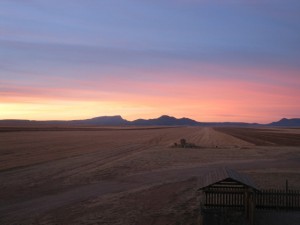
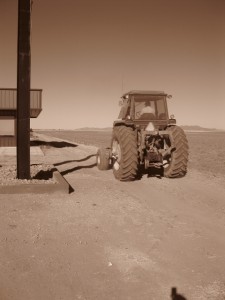
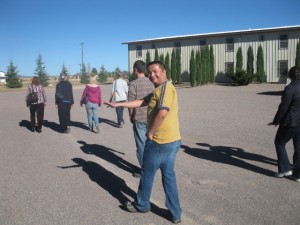
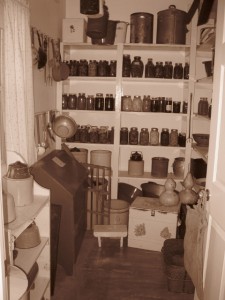
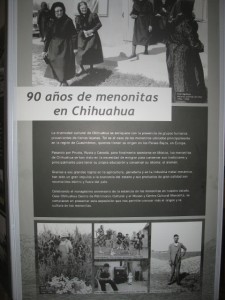
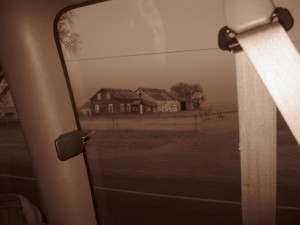
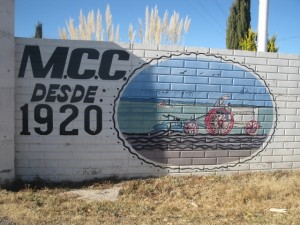
6 Responses to Queso Chihuahua and the Mennonite Tradition: a tasteful experience